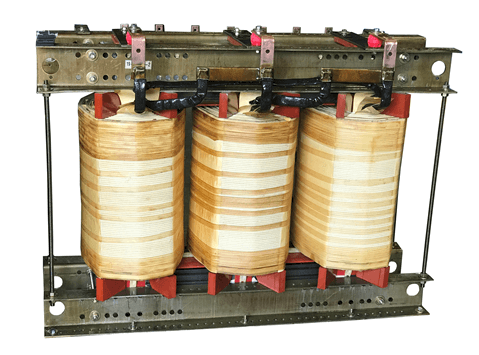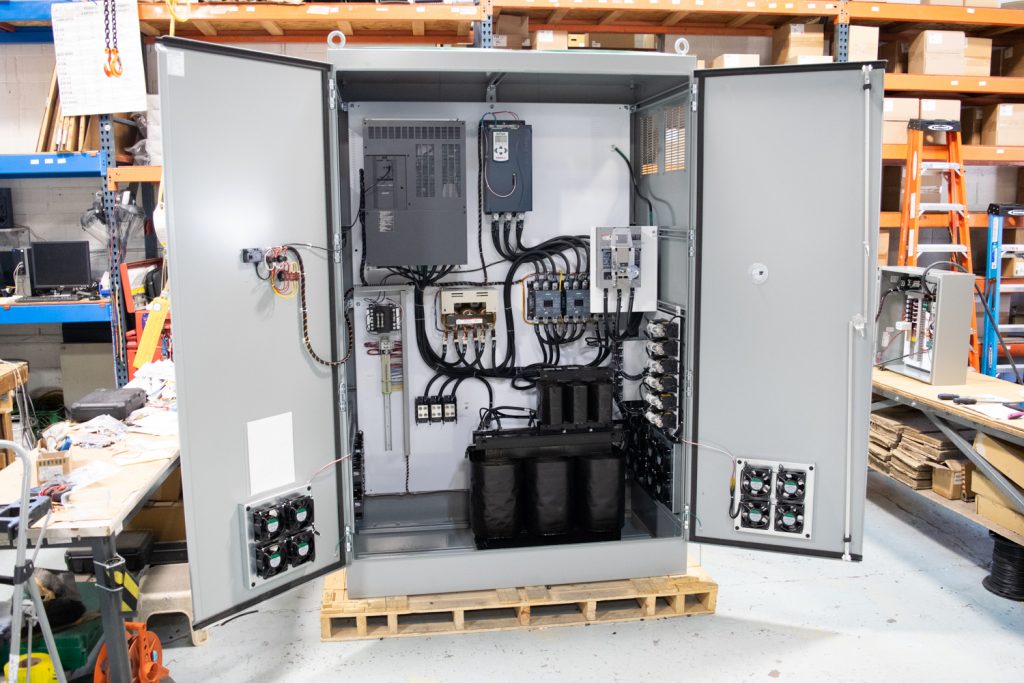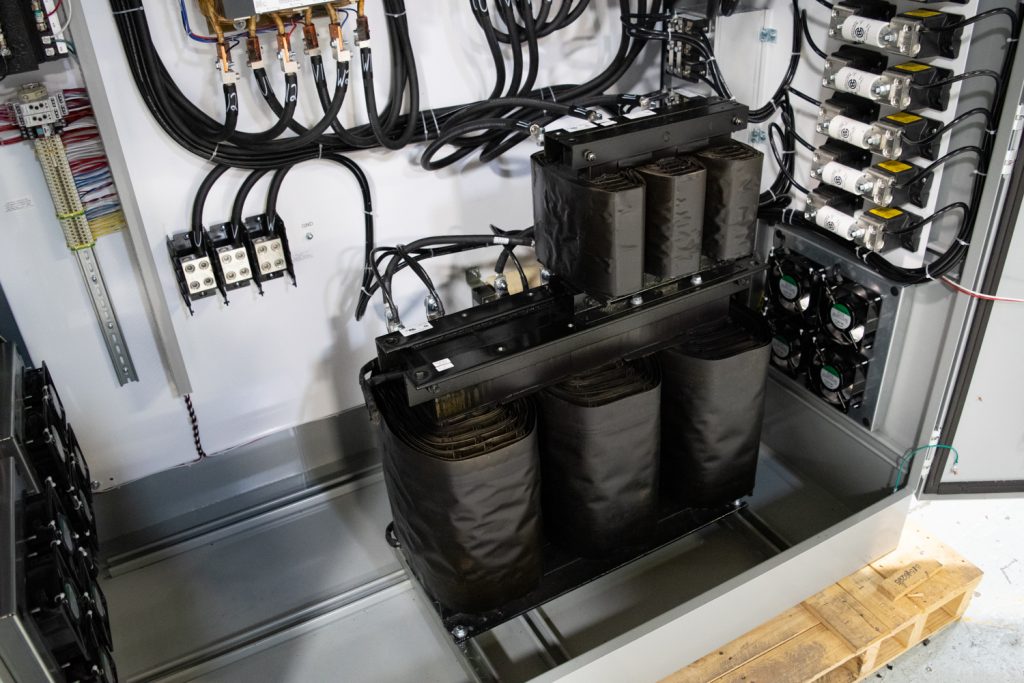12-Pulse & 18-Pulse Variable Frequency Drives
Overview
With harmonic distortion becoming more of a problem every day, folks are looking for cost-effective means of harmonic mitigation. Manufacturers are more than happy to provide solutions, but with so many methods available, how do you know which one is right for you?
Here, we take a look at two veterans in the harmonic mitigation field: 12-pulse and 18-pulse variable frequency drives (VFDs).
12-Pulse VFDs
Unlike standard 6-pulse VFDs, which contain six diodes, 12-pulse VFDs contain two separate, parallel 6-pulse bridges in the input converter of the VFD. These additional pulses smooth out the waveform, making it more sinusoidal and generating less harmonic distortion to be distributed through your power system and ultimately returned to the utility.
Although most actual installations typically achieve THD levels in the high teens, with careful balancing of the two bridges, THD levels of approximately 11% can be attained. However, this approach is generally a poor choice because the high cost of magnetics is not rewarded by equivalent performance improvement. These drives are also very sensitive to voltage imbalances, and performance degrades at low load levels.

18-Pulse VFDs
As you may have guessed, 18-pulse VFDs contain three separate 6-pulse bridges in the input converter of the VFD, for a total of 18 diodes. An 18-pulse VFD is a significant improvement over a 12-pulse drive due to the higher number of pulses and the integral transformer that provides better balancing between the three bridges.
Theoretically, 18-pulse VFDs can achieve THD levels of less than 5%, but this is seldom seen in practice, with most power systems seeing levels of approximately 7-8%. Like 12-pulse drives, 18-pulse low-voltage drives use parallel bridges, so they are sensitive to voltage imbalance and degraded performance at low load levels.
18-pulse drives are effective, but are not typically economical for smaller horsepower applications, so this method of harmonic mitigation is not generally recommended for applications with lower horsepower loads.


To Pulse or Not to Pulse?
12-pulse VFDs can be effective when properly configured. However, as mentioned above, they're highly sensitive to voltage imbalances and perform poorly at low load levels. They also generally return THD levels in the high teens, which does not typically meet IEEE 519 standards at the drive terminals. Coupled with the fact that a 12-pulse drive typically costs at least 20% more than a 6-pulse VFD with a hybrid harmonic filter (which delivers much better performance with THD levels of 7-8%), 12-pulse drives are outdated and probably aren't the best solution for your plant.
18-pulse VFDs are very effective when properly configured, but again, are highly sensitive to voltage imbalances and perform poorly at low load levels. It is also noteworthy that 18-pulse drives offer similar harmonic mitigation performance to a 6-pulse VFD with a hybrid harmonic filter, but an 18-pulse drive costs roughly 140% more. At that price point, and given that 6-pulse drives with hybrid harmonic filters actually see improved performance at low load levels, you'll likely want to consider something other than 18-pulse drives for your plant.
What Now?
There's a lot to consider when deciding how to mitigate your harmonics. Call us at (800) 800-2261 with your questions and we would be happy to find the solution that's right for you or talk about other harmonics options.
